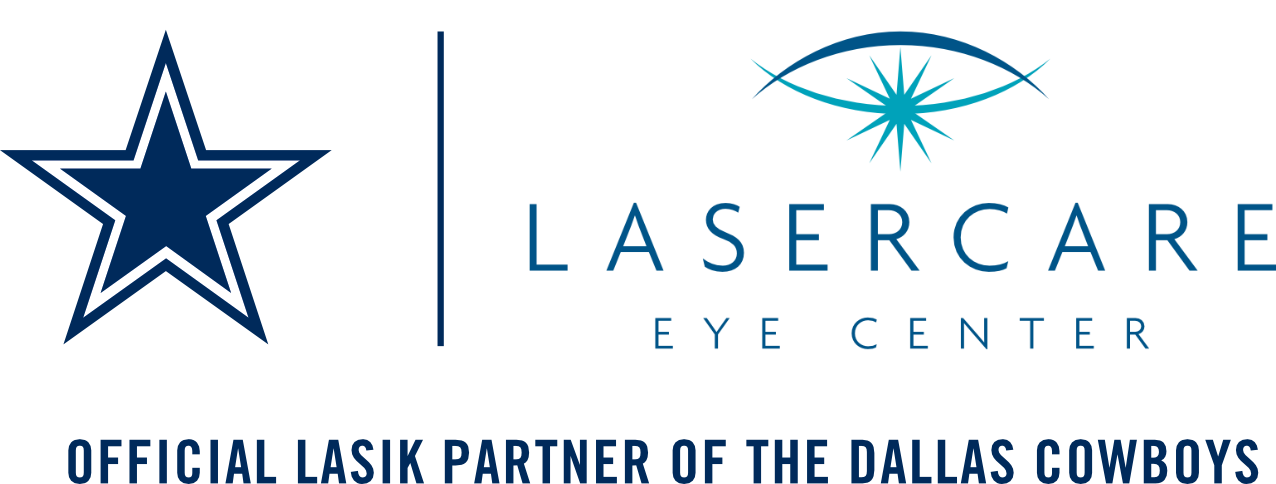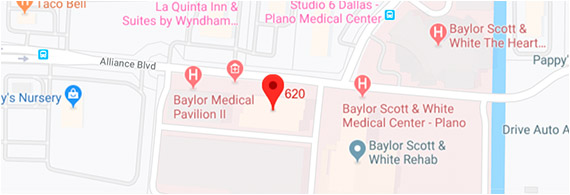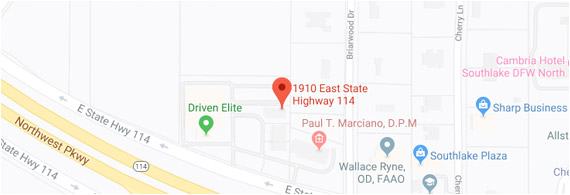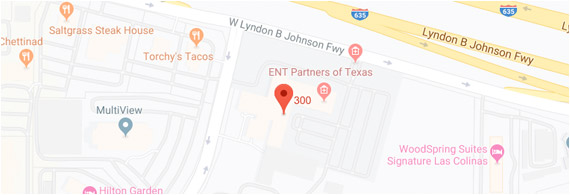What is the Average Cost of Cataract Surgery?

According to a large survey of U.S. cataract and refractive surgeon, the average cost for a cataract surgery involving a refractive lens replacement with a standard monofocal implant was $3,599 per eye in 2017. In the case of toric IOLs for correcting astigmatism, the average cost in 2017 was $4,969 and the average cost for cataract surgery using presbyopia-correcting IOL ranged from $4,687 to $5,967.
Luckily, with Medicare or a private insurance policy, the cost for cataract surgery is much less as it is either fully or partially covered.
Medicare and most private insurances cover the cost for a basic cataract surgery that uses a standard monofocal implant. However, the cost for toric IOLs and presbyopia-correcting IOLs are usually not covered because they are not considered “medically necessary.” Presbyopia and astigmatism can be corrected using glasses after cataract surgery.
Standard Medicare and Private Health Insurance Coverage
If you opt for standard cataract surgery with a basic monofocal IOL, it is possible to have your surgery performed without any out-of-pocket expenses, excluding the deductibles and copayments required by your insurance policy.
The actual amount you pay for your cataract surgery with or without insurance depends largely on the technology used, the type of intraocular lens (IOL) implanted and the skill and experience of your cataract surgeon. If you choose premium toric IOL for astigmatism, a presbyopia-correcting IOL or laser-assisted cataract surgery, you will be required to pay the added cost out of your pocket.
Out of Pocket Expenses
The average added cost for presbyopia-correcting IOL was $2,368 per eye in 2017, whereas the added premium for a toric IOL was $1,370 per eye. The reason some patients decide to pay the added cost is that it eliminates their need to wear eyeglasses or contact lenses following the procedure.
If you have astigmatism, choosing an astigmatism-correcting IOL will allow you to see clearly while using the computer, reading, or driving, without needing to wear eyeglasses after cataract surgery. If you have presbyopia, a presbyopia-correcting IOL will expand your range of vision and allow you to see clearly up close without having to use reading glasses. Multifocal IOLs and accommodating IOLs are the two most common presbyopia-correcting IOLs approved for cataract surgery in the U.S.
Choosing laser-assisted cataract surgery can also add to your total cost as it is an advanced form of surgery that utilizes a femtosecond laser instead of manual surgical tools, for higher precision. Laser cataract surgery also reduces the stress on your retina and other sensitive tissues during the removal of your cataract. Laser surgery is typically performed with astigmatism-correcting and presbyopia-correcting IOLs. The added cost for laser-assisted surgery is often included in the price of the premium IOL.






